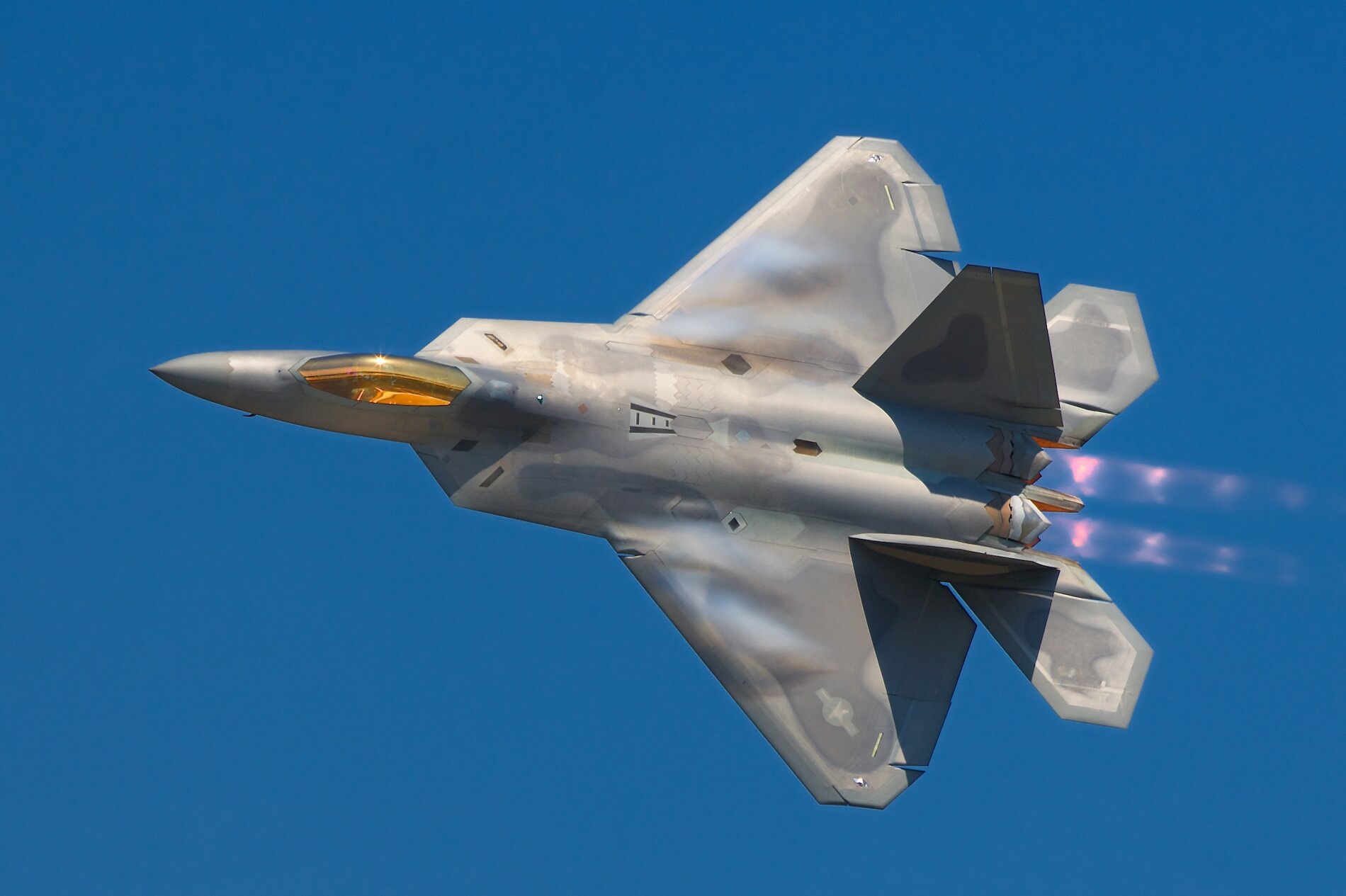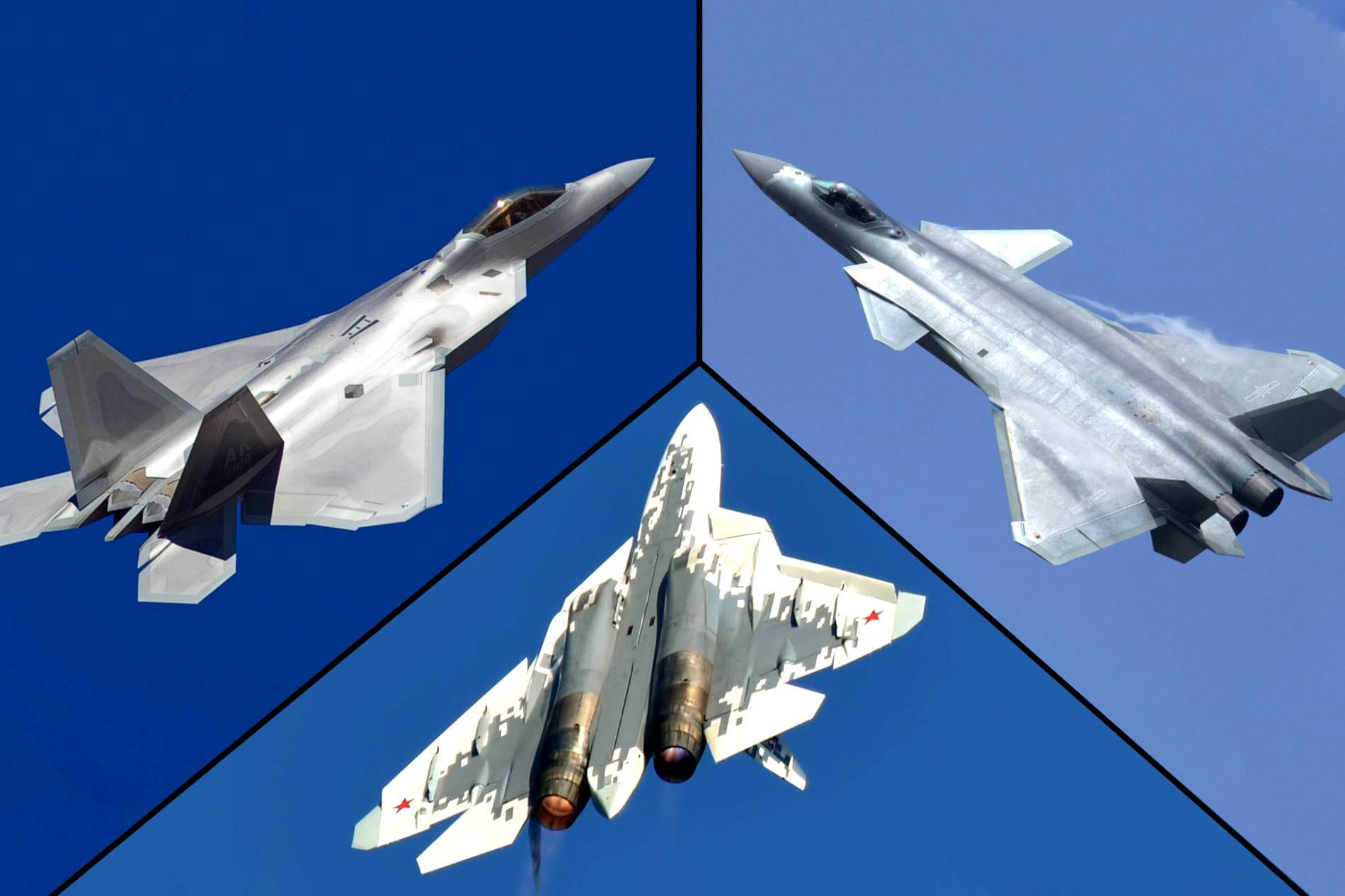How Fast Are Fighter Jets - Fighter jets can fly between 1,500 and 1,900 miles per hour, and the average fighter is about 1,600 miles per hour.
The fastest fighter in history was the Soviet-built Mikayan MiG-25 Foxbat, which could reach Mach 3.2 or more than 2,400 mph, but engine overheating caused it to fly slower than its top speed.
How Fast Are Fighter Jets

Fighter jets typically fly at twice the speed of commercial aircraft, and they can cover 1,000 to 3,000 miles in one flight.
Europeans To Send Ukraine Fighter Jets. Here's What We Know
It was developed in the United States as an air superiority fighter that also conducts ground attack, electronic warfare and reconnaissance.
The Convair was also developed in the United States and cost $3.3 million when it was used in the 1960s.
The Su-27 is primarily used for aerial victory missions and costs between $35 million and $40 million.
It is a military jet that was designed and built in the United States and is used around the world, including by the Japanese and Israeli air forces.
Raf Has Smallest Combat Force In History With Fewest Fighter Jets
The F-111 Aardvark has many military functions, such as ground attack, electronic warfare and intelligence gathering.
Nicknamed the "Firebird", the Chengdu J-10 has an estimated top speed of 2.5/3,000 km/h/1,780 mph, although this figure is disputed.
The Chengdu J-10 was developed in China and is often used by the Chinese Air Force and Navy.
Technically, the MiG-25 Foxbat remains the fastest aircraft still in service in the world's air forces, as it is still used by the Algerian and Syrian armed forces.
Top Gun: How Fighter Jet Pilots Withstand High G
The fastest fighter in the US Air Force is the McDonnell Douglas F-15 Eagle, with a top speed of Mach 2.5/2,655 km/h/1,650 mph.
Its maximum operational speed is Mach 2.83, but thrust can reach Mach 3.2 and above.
A fighter's design, weight, and air-to-air refueling capabilities all affect its range.
For example, the F-35 can fly 1,350 miles without refueling, but the longest distance flown by a single fighter jet was the Su-57, which can fly 3,500 miles without refueling.
Pentagon And Lockheed Reach Deal To Build 375 F 35 Fighter Jets
The world's fastest fighter is the Soviet MiG-25 Foxbat, which can theoretically fly at speeds of up to 2,400 miles per hour.
Fighter jets are faster than commercial airliners and can travel up to 3,000 miles in a single flight.
Anthony comes from a military family and proudly served as a pilot in his country's army. Before we start, here's a great video showing you the 10 fastest planes in the world:

There are many aircraft that exceed Mach 2.0. Some are research aircraft, some are military, and some are flying only for reconnaissance purposes. But there is always something special about supersonic aircraft. Imagine flying at an altitude of 5 km, hearing "Go" from the radio and pushing back on the throttle, feeling the 100+ kN engine accelerate you to a higher speed than any other life form. But you are not fast, you are only a traveler. The plane you fly, the machine that allows you to soar above the clouds in minutes, is a true masterpiece. A masterpiece of military engineering. In this article, we'll take a look at ten of the fastest military jets to fly and see what they have in their trunks.
Air Power: Why The Newest Fighter Jet Carries Li Ion Batteries
Number 10: Su-27 Flanker. Its top speed of Mach 2.35 puts it at the very edge of Soviet twin-engine capability and the first fly-by-wire control system on a Russian jet. It was built for air superiority to counter the new 3.5 generation US fighter jets like the F-15 Eagle. It is armed with a 30 mm cannon and 10 external pylons capable of intercepting air-to-air, thermal-guided, short- and medium-range missiles. With all its achievements and popularity, it has a lot of different options. Some of them are still state-of-the-art today, 35 years after the Flanker's first flight (1977). Some of them are:
And another thing - Su-27 Flanker was once available for passenger pleasure flights! More details here.
Number 9: General Dynamics F-111 Aardvark. Number nine on this list is not a fighter jet, but a strategic bomber capable of Mach 2.5. Before it was decommissioned in 1998, it had 9 suspension nodes and 2 weapons bays, as well as the ability to deliver 14,300 kg of bombs, a nuclear bomb, air-to-air missiles or 2,000 machine guns. Although mounted, due to Ant's role in the air, he was rarely equipped with a gun. The Aardvark was the first production variable boom configuration aircraft, so it was also tested for flight operations, but it was never completed (although there were some successful attempts).
Number 8: McDonnell Douglas F-15 Eagle The F-15 is considered one of the most successful aircraft ever built and is still in service with the US Air Force. The Eagle's twin engines and nearly 1:1 thrust-to-weight ratio can propel the 18,000 kg aircraft to more than 2.5 times the speed of sound. It was introduced in 1976 and will continue to be part of the Air Force after 2025. About 1,200 F-15s were built and exported to Japan, Saudi Arabia, and Israel. The current plan is to continue their production until 2019. It was originally designed as an air superiority aircraft, but later the F-15E Strike Eagle, an air-to-ground derivative, was built. The F-15 can load multiple sparrows, sidewinders, 120-AMRAAMs, drop bombs (such as the Mark 84 or 82), or external fuel tanks on its 11 suspension points. Armed with a 20mm M61A1 Vulcan cannon, it's no surprise that this buster has over 100 confirmed air combat victories. By the way, many visitors are interested in flying the F-15 - so we wrote a small article on this topic. Click on the link for more information.
The Navy And Air Force Have Been Experimenting With Uncrewed Fighter Jets
Number 7: Mikoyan MiG-31 Foxbat With a top speed of Mach 2.83, the next aircraft on our list is the Mikoyan Gurevich-31 Foxhound (it was once available for tourist flights too!) thanks to its massive twin-engine engine with a thrust of 2*152 kN. Thanks, it can fly at supersonic speeds at high and low altitudes. It is a Soviet interceptor designed to destroy enemy aircraft and is highly capable of doing so using a combination of active and passive radars. Four Foxhounds can control a front of 900 km together. Weapons at his disposal:
Production ended in 1994, but it is not known for certain how many MiG-31s were built, but an educated guess is between 400 and 500. The MiG-31 is still in service with the air forces of Russia and Kazakhstan. The MiG-31 is a derivative of the MiG-25, which you can read about below (location 4) and in the link at the end of the article.
Number 6: XB-70 Valkyrie. The XB-70 Valkyrie was a unique aircraft with six engines that could propel a 240,000 kg aircraft to a speed of Mach 3. This speed caused the airframe to heat up to 330 degrees Celsius in some areas. Extreme speed was needed for two reasons: 1: to speed away from Soviet interceptors and 2: to be able to drop it to avoid the detonation of an atomic bomb. A flight of 6,900 kilometers over the Soviet Union required a large size (weight) to carry the fuel and escape without refueling, as well as to accommodate the 14 nuclear bombs it could carry. The aircraft made its first flight in 1964 and is now decommissioned, only two were built.

Number 5: Bell X-2 Starbuster. The Starbuster was an American research aircraft that made its first flight in 1955 and was decommissioned in 1956. It was a continuation of the X-2 program, so its area of research was to find out how the aircraft would behave at speeds above Mach 2.0. . It, understandably, carried no armament and had an inverted sweep wing, which gave it low-drag, allowing it to reach a mind-boggling speed of Mach 3.196 in 1956. However, this speed was reached after some time. Pilot Milburn G Apt made a sharp turn and the aircraft went out of control. He was unable to regain control of the aircraft and bailed out. Unfortunately, the rescue shuttle only had one small parachute open and it fell to the ground at a very high speed. This fatal accident ended the Starbuster program.
Russia's Most Advanced Fighter Jet Crashes, Pilot Survives
Number 4: Mikoyan MiG-25 Foxbat. This jet was a Soviet machine designed during the Cold War to intercept American aircraft such as the SR-71 and high-speed surveillance aircraft. Because it was built to intercept the SR-71
Second degree assault washington state, 2nd degree assault sentence, 2nd degree aggravated assault, 2nd degree assault mn, 2nd degree assault, 2nd degree assault definition, 3rd degree assault washington state, 4th degree assault washington state, 2nd degree felony assault, 4th degree assault washington, what is assault 2nd degree, 2nd degree assault charges
